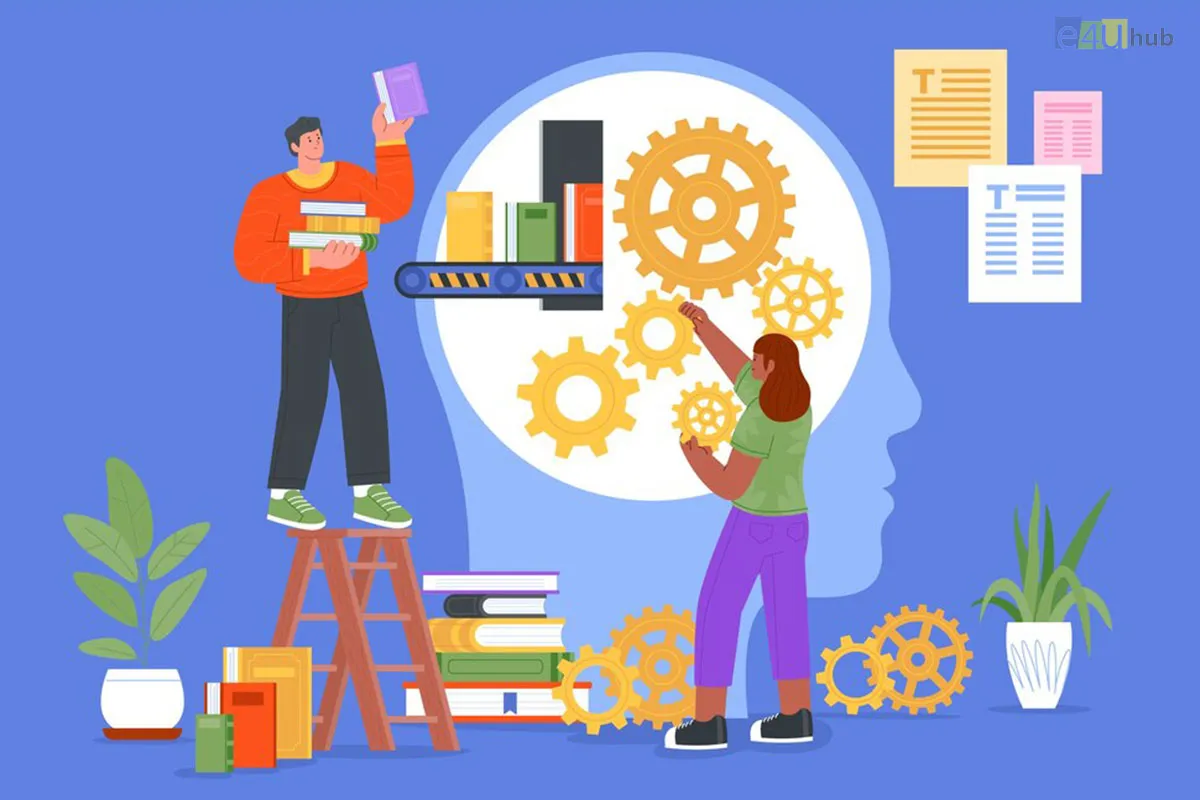
STEM Education in Fostering Innovation and Critical Thinking
- 03 Jul, 2024
- Education
- 862 Views
- 0 Comments
In today's rapidly evolving world, innovation and critical thinking are not just buzzwords—they are essential skills that drive progress and solutions to complex problems. STEM education, which focuses on science, technology, engineering, and mathematics, is crucial in cultivating these skills. By providing students with a strong foundation in these disciplines, STEM education fosters a mindset of curiosity, creativity, and analytical thinking that is vital for the future.
The Role of STEM Education
STEM education goes beyond traditional teaching methods by integrating hands-on learning and real-world applications. This approach encourages students to explore, experiment, and engage in problem-solving activities that mirror the challenges they will face in their careers and daily lives. By doing so, STEM education nurtures a generation of thinkers and innovators equipped to tackle our time's pressing issues.
Fostering Innovation
Innovation thrives in environments where creativity is encouraged, and STEM education provides such an environment. Through project-based learning and collaborative activities, students are given the freedom to explore their ideas and test their hypotheses. This process of trial and error is crucial for developing innovative solutions. For instance, when students design and build their own robots or create apps to solve community problems, they are not just learning technical skills—they are learning to think outside the box and approach issues with an inventive mindset.
Moreover, STEM education often involves interdisciplinary learning, where students integrate concepts from different STEM fields. This cross-pollination of ideas is a breeding ground for innovation, as students can draw connections between seemingly unrelated concepts and come up with novel solutions.
Enhancing Critical Thinking
Critical thinking is the ability to analyze information objectively and make reasoned judgments. It is a skill that is highly emphasized in STEM education. By engaging in scientific inquiry, mathematical reasoning, and engineering design processes, students develop the ability to evaluate evidence, identify patterns, and construct logical arguments.
In a typical STEM classroom, students might be tasked with solving complex problems that require them to gather data, test hypotheses, and draw conclusions based on their findings. This iterative process of questioning and refining their understanding helps them develop a rigorous and systematic approach to problem-solving.
For example, in a science experiment, students must design their procedures, control variables, and interpret results. This not only enhances their understanding of scientific concepts but also hones their ability to think critically about the validity and reliability of their data.
Preparing for the Future
The skills gained through STEM education are not only applicable in STEM careers but are also valuable in a wide range of professions. As the job market becomes increasingly complex and technology-driven, the ability to innovate and think critically will be essential for success in any field.
Furthermore, STEM education helps to address the growing demand for skilled professionals in science and technology sectors. By inspiring students to pursue careers in these areas, STEM education is vital for driving economic growth and maintaining a competitive edge on the global stage.
Conclusion
STEM education is a powerful tool for fostering innovation and critical thinking. Engaging students in hands-on, interdisciplinary learning experiences, it equips them with the skills and mindset needed to navigate and shape the future. As we continue to face complex global challenges, the importance of nurturing a generation of innovative and critical thinkers cannot be overstated. Investing in STEM education today is an investment in a brighter, more innovative tomorrow.















Leave a Reply